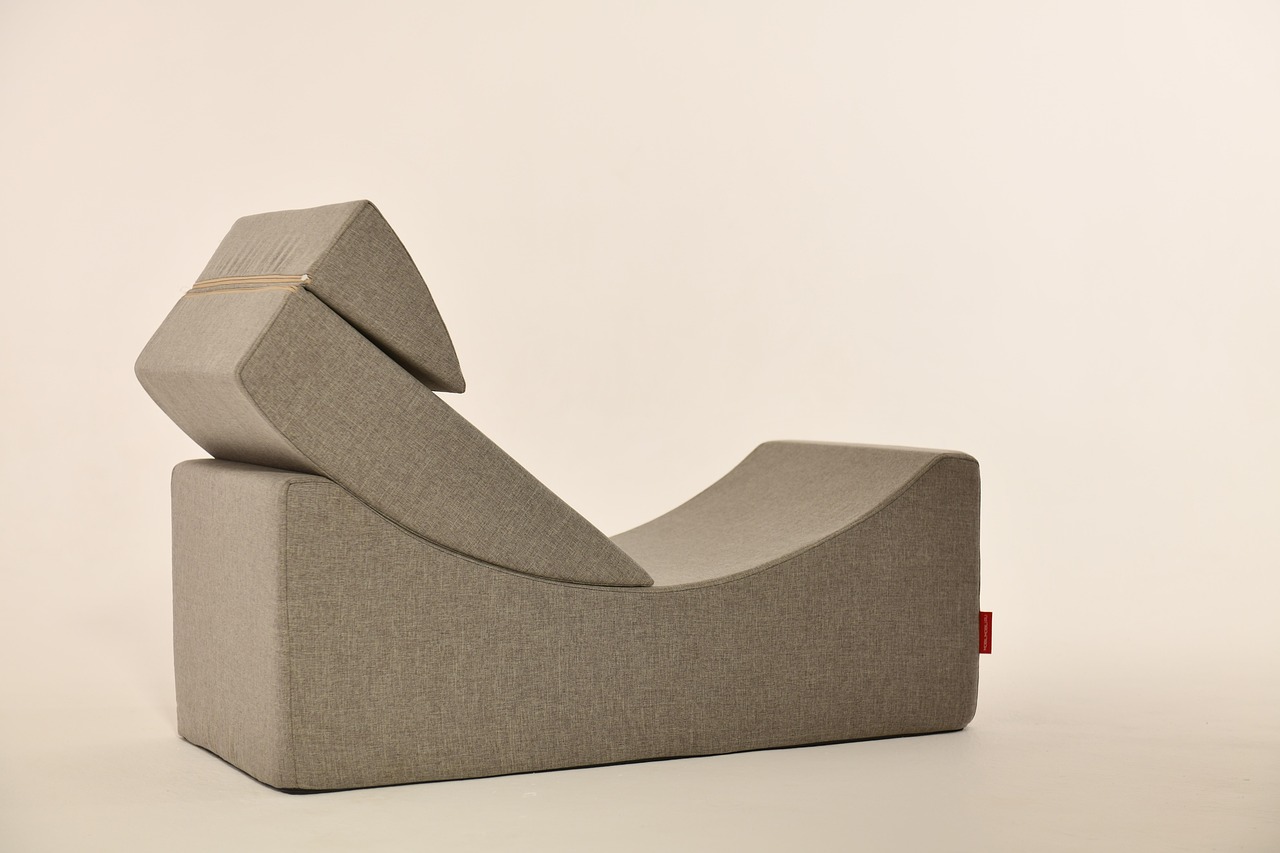Seat Cushions: Uses, Materials, and Choosing the Right One
Seat cushions are simple accessories that can change how you sit for hours each day. They range from thin foam pads to contoured, layered designs intended to distribute weight, relieve pressure, and improve posture. Whether used on an office chair, dining chair, car seat, or wheelchair, the right seat cushion can address stiffness, reduce discomfort, and support longer periods of sitting without adding bulk.

This article is for informational purposes only and should not be considered medical advice. Please consult a qualified healthcare professional for personalized guidance and treatment.
What is a seat cushion and how does it work?
A seat cushion is a padded support placed on a chair surface to add padding, correct posture, or change the angle of the hips and spine. Most cushions work by redistributing pressure away from sensitive areas (such as the tailbone or sit bones) and by encouraging a more neutral spinal position. Common designs include flat pads, wedge shapes, and contoured cushions with cutouts. Cushion performance depends on materials, density, and shape; firmer support often improves alignment, while softer layers can increase surface comfort.
How do chair materials affect comfort?
The chair and cushion interact: cushion performance depends on the underlying chair frame, upholstery, and how much give the chair has. A soft, sagging chair may negate some cushion benefits, causing sinking and reduced support, while a firm chair can make a thin cushion feel too rigid. Breathability, cover fabric, and slip-resistance also influence perceived comfort. For long periods of sitting, look for a cushion that complements the chair’s support—e.g., a firmer seat cushion on a soft chair, or a softer pad on a very firm dining chair.
Are ergonomic cushions worth it?
Ergonomic cushions are designed to align with body contours and promote better posture; they often include features like lumbar support, wedge angles, or center cutouts for tailbone relief. For people with posture concerns, mild lower-back pain, or those who sit long hours, an ergonomic seat cushion can reduce discomfort and decrease muscle fatigue. Outcomes vary by individual and condition, and while many users report reduced discomfort, ergonomic cushions are not a substitute for exercise, breaks, or medical care when pain is persistent.
What to know about memory foam seat cushions?
Memory foam is a viscoelastic material that conforms to body shape under heat and pressure, offering even pressure distribution. Memory foam seat cushions can provide noticeable comfort and reduce pressure points, especially for the sit bones and coccyx. However, denser memory foam retains more heat and may feel warmer over time; ventilated designs or gel-infused versions address this by improving airflow or dissipating heat. Also consider foam density and thickness: higher-density memory foam generally offers longer-lasting support but can be firmer initially.
Caring for and choosing a cushion in your area
Maintenance affects longevity and hygiene: many seat cushions include removable, washable covers and zippered shells to clean spills or sweat. Rotate or flip reversible cushions regularly to even out wear. When choosing a cushion locally, test materials and firmness in person if possible, and check cover fabrics for breathability and durability. Consider size and compatibility with your chair—measure seat width and depth before purchasing. If buying online, review return policies and look for trial periods when available.
Conclusion
Seat cushions come in a variety of shapes and materials to meet different seating needs—pressure relief, posture support, added padding, and temperature control. Understanding how a cushion interacts with your specific chair, and balancing features like firmness, breathability, and material (including memory foam), will help you select a cushion that improves comfort and supports healthy sitting habits. If you have a medical condition or persistent pain, consult a healthcare professional for tailored recommendations.






